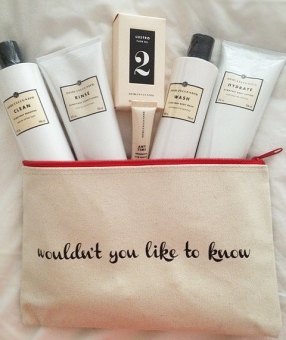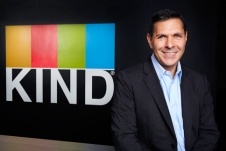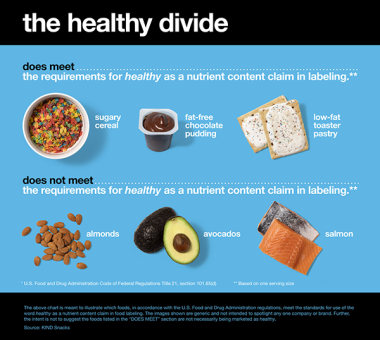“I’m a confused Mexican Jew.” So says Daniel Lubetzky, Founder and CEO of KIND Snack, in his very personal interview with Columbia faculty member David Rogers at BRITE ’16. Their discussion touched on the many ideas behind KIND Snacks, from the beginnings of the company, to the strategic thinking that forces Lubetzky to stay away from false compromises, to his thoughts on brands and purpose.
After studying law at Stanford, Lubetzky had planned to become a Mid-East Peace negotiator, “That was my path and that was my dream and I ended up feeling that the power of business to drive change may potentially be more impactful in bringing neighbors to work together than diplomacy.” As the son of a Holocaust survivor, the common threat in everything he does is, “building bridges between people because that’s my commitment: to prevent what happened to my dad from happening again.”
It was precisely his intention to create business opportunities for neighbors in conflict regions what brought him into the natural food industry. Ten years after his first attempts, he identified the need for a healthy and tasty snack, and KIND was born.
Lubetzky went on to share some insights on how to maintain creativity when bringing ideas to life: “To challenge conventional wisdom, which says you have to choose between this or that, think creatively and try to do this and that, and make a business that’s both socially impactful and economically sustainable or a product that’s both healthy and tasty. In any such venture there is a tension and you need to use creativity to generate that extra value.”
When asked about KIND’s purpose, Lubetzky explained that he was looking “to have a company that was going to have a social impact and that was going to be economically impactful and successful, combining the social and the business objectives. The social impact [being] inspiring kindness, celebrating kindness, finding a way to increase kindness in society, while also selling healthy snack foods.”
He also warned entrepreneurs that having a social mission doesn’t guarantee success, the product has to shine through for the social mission to be relevant, Lubetzky said. “We need to be careful about assuming that because you have a social mission suddenly things work. Ninety-nine percent of the people [who] have tried KIND bars -or maybe 90%- don’t even know about our social mission. […] It is by design that we lead with our product and our taste. The social mission adds loyalty and meaning to [me] and to [my] team, and hopefully passion to [the] consumers. But the fundamentals have to be there, they’re really what drive the business.”
Watch the full interview with Daniel Lubetzky.
BY GABRIELA TORRES PATIÑO


 In an interview with the
In an interview with the 





 Educating customers about the use of new products will make or break your brand. In Nakumatt stores, for example, shoppers tried to put black mascara on their lips because they didn’t know what it was for. Now, according to the
Educating customers about the use of new products will make or break your brand. In Nakumatt stores, for example, shoppers tried to put black mascara on their lips because they didn’t know what it was for. Now, according to the 